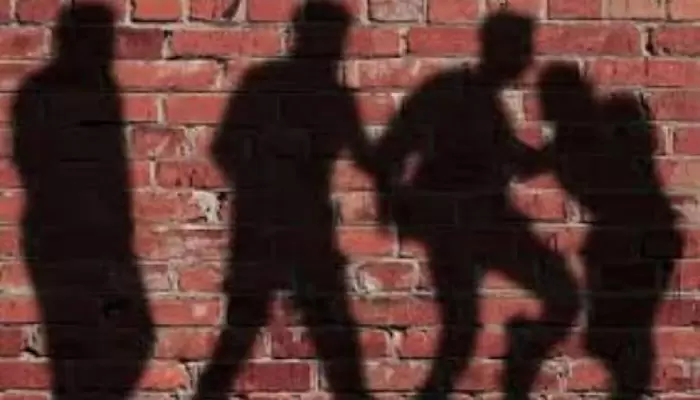
In educational institutions worldwide, senior students often indulge in light-hearted pranks and teasing with their juniors— commonly known as "ragging." While some view it as a harmless tradition to break the ice, in many cases, it turns into something far more sinister: harassment, humiliation, and brutal violence.
A recent incident in an Indian nursing college serves as a grim reminder of how unchecked ragging can spiral into outright abuse. Seniors subjected juniors to horrifying physical torture—they stripped them naked, tied them to beds, used geometry dividers to inflict wounds on their bodies, and even hung dumbbells from their private parts. To make matters worse, they poured a painful chemical solution onto their wounds and forced them to swallow it when they screamed in agony. This barbaric act led to the arrest of the perpetrators, but the trauma inflicted on the victims may never fully heal.
Ragging: Harmless Fun or Psychological Terror?
While playful ragging may have its place in academic culture, the moment it crosses into coercion, physical harm, or psychological trauma, it ceases to be a tradition and becomes harassment. Many students, particularly those from rural backgrounds or small towns, already struggle with self-confidence when entering prestigious institutions. Facing humiliation, intimidation, or abuse at the hands of seniors can leave them emotionally scarred. Some develop severe anxiety and depression, while others abandon their studies altogether.
Also Read: Three Booked in Bannu for Threats and Abusive Remarks Against Police on Social Media
A distressing case from Punjab University in 2023 highlights this reality. Seniors forced juniors to strip in front of female students. One of the victims, already on antidepressants, became so disturbed that he locked himself in his room and refused to interact with anyone. His family feared he might harm himself. When students complained to the administration, they were told that taking action against seniors would only make things worse for them in the coming years, suggesting they silently endure the abuse.
From Humiliation to Violence: A Dangerous Escalation
Ragging comes in many forms, ranging from seemingly harmless acts—like making juniors pay for canteen bills—to severe harassment, such as forcing them to perform humiliating tasks, stripping them in public, or inflicting physical pain. Some common forms of ragging include:
Tragically, ragging is not confined to civilian institutions. Even military training academies have failed to eliminate it. In some cases, recruits have died due to excessive abuse, with their deaths conveniently labeled as "accidents."
The Unseen Aftermath: Lifelong Psychological Scars
Many victims of ragging never report their suffering, fearing retaliation or being perceived as weak. Yet, the trauma can last a lifetime. Some victims develop social anxiety, struggle with confidence in professional settings, or experience panic attacks when confronted with aggression. In extreme cases, victims become perpetrators themselves, seeking revenge by tormenting their juniors when the time comes.
The Need for Strict Anti-Ragging Laws
Some countries have taken a firm stand against ragging. Institutions in Sri Lanka and Jammu & Kashmir have strict anti-ragging committees, and students found guilty of harassment are expelled immediately. Victims can report abuse to these committees or file police complaints.
Unfortunately, in many countries, including Pakistan, no specific anti-ragging laws exist. The only legal recourse is filing harassment charges, but given the slow judicial system, such cases rarely make it to court. This legal loophole emboldens seniors to continue the cycle of abuse, while juniors silently suffer to protect their academic careers.
Breaking the Cycle
It is high time that educational institutions and governments take decisive action to eradicate ragging. Strict policies, anonymous complaint mechanisms, and immediate disciplinary actions must be implemented. The tragic reality is that in some universities and cadet colleges, ragging has escalated to such a horrifying degree that students have even faced sexual assault.
If we wish to create a society of responsible and well-adjusted individuals, we must start by ensuring our educational institutions provide a safe and respectful environment for all. Because those who suffer abuse in their formative years often grow up to perpetuate the same cycle of violence, and the consequences extend far beyond the classroom.